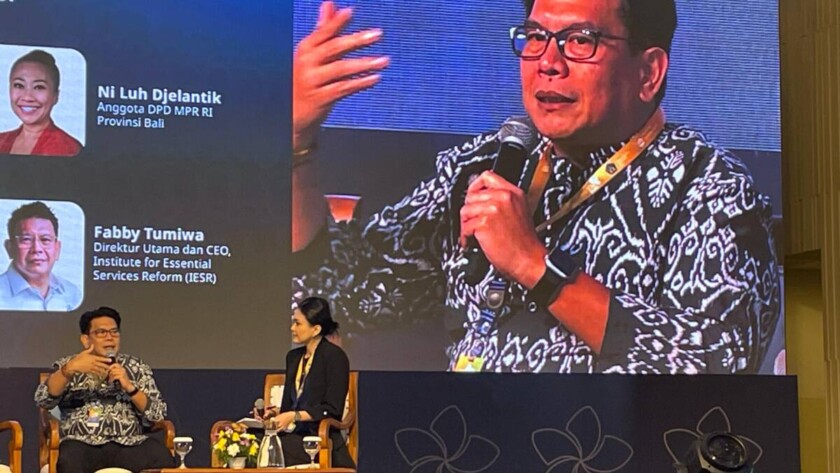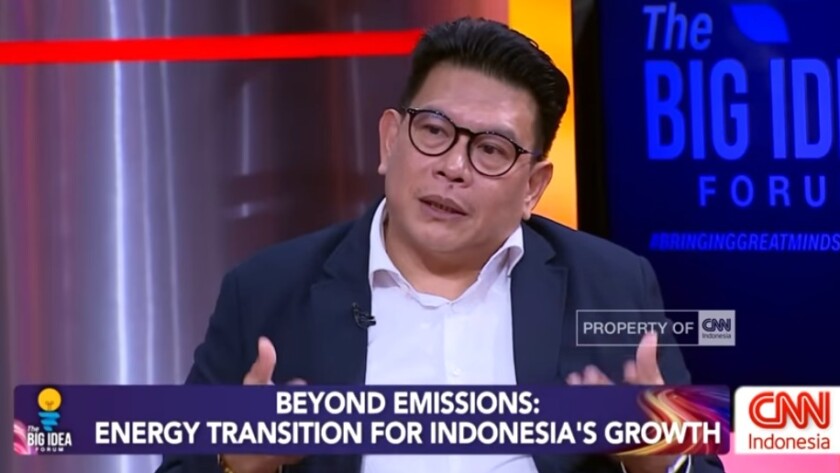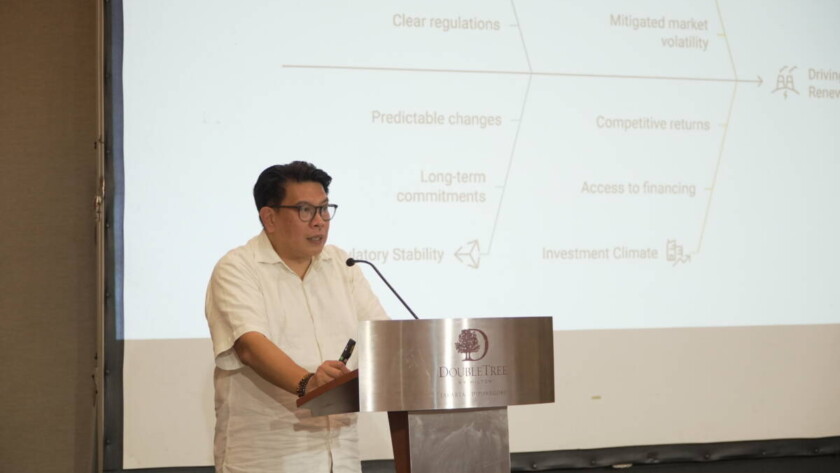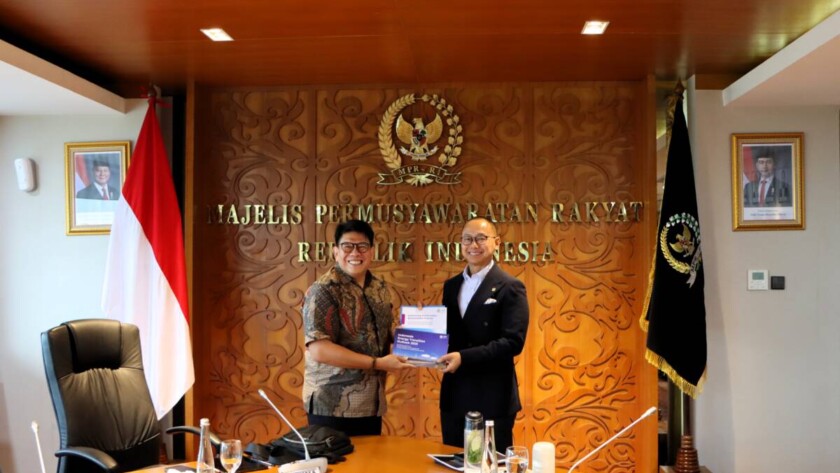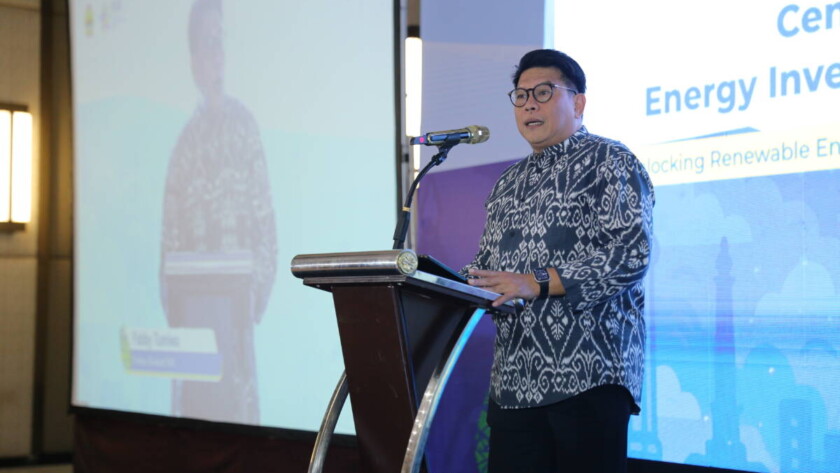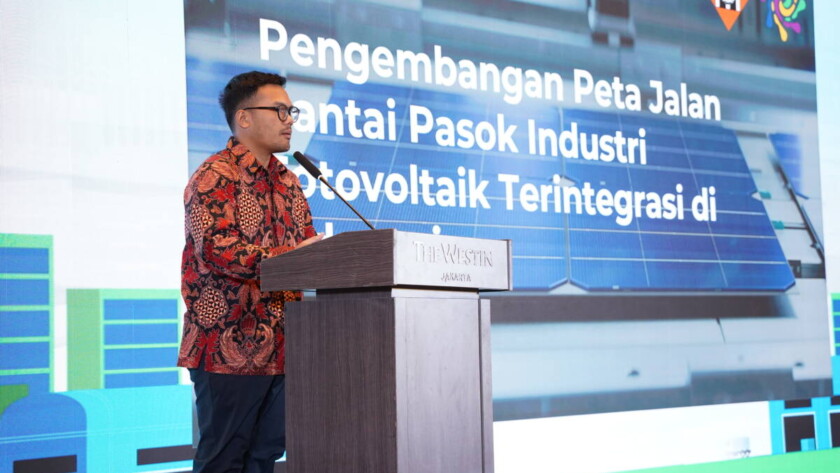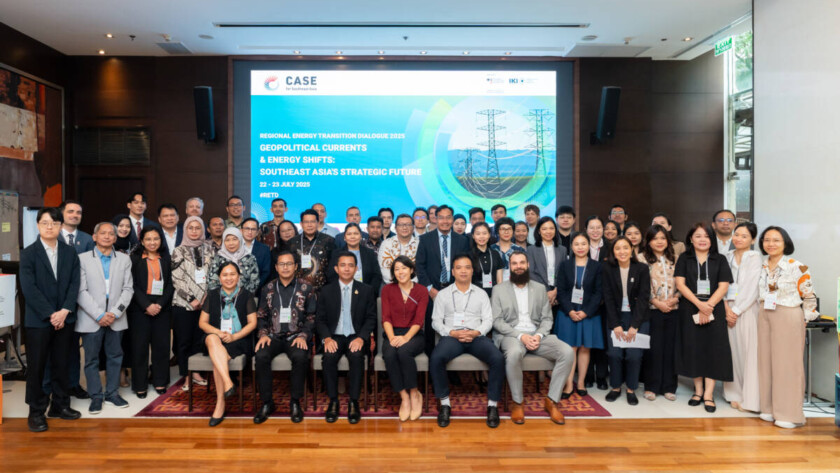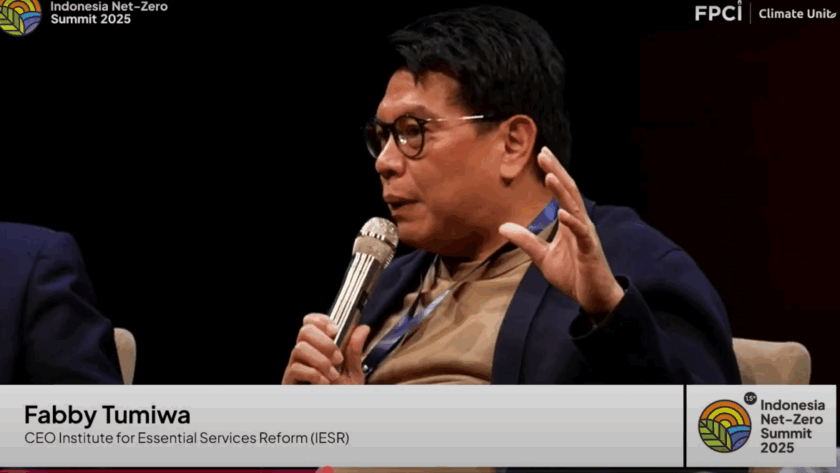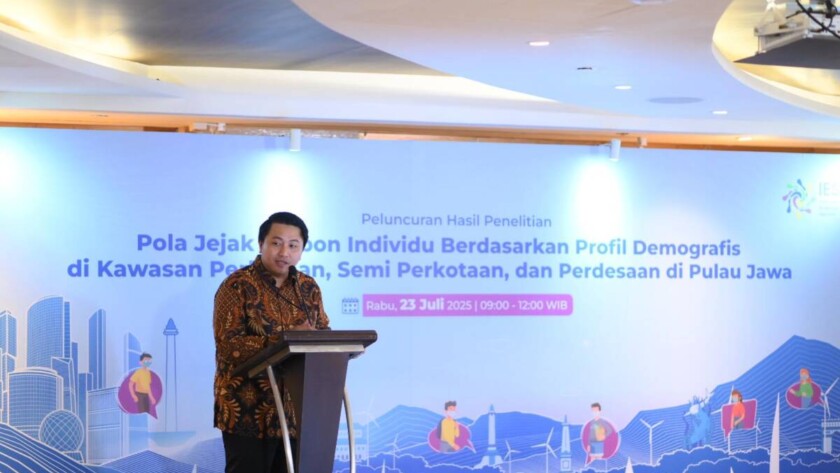Denpasar, August 25, 2025 - "With the dominance of the tourism sector, electricity demand in Bali is expected to continue to grow until 2045–2050. Therefore, in addition to calculating energy needs, it is important to prepare infrastructure that supports the transition to clean energy. The most realistic solution is to utilize rooftop solar power plants…
